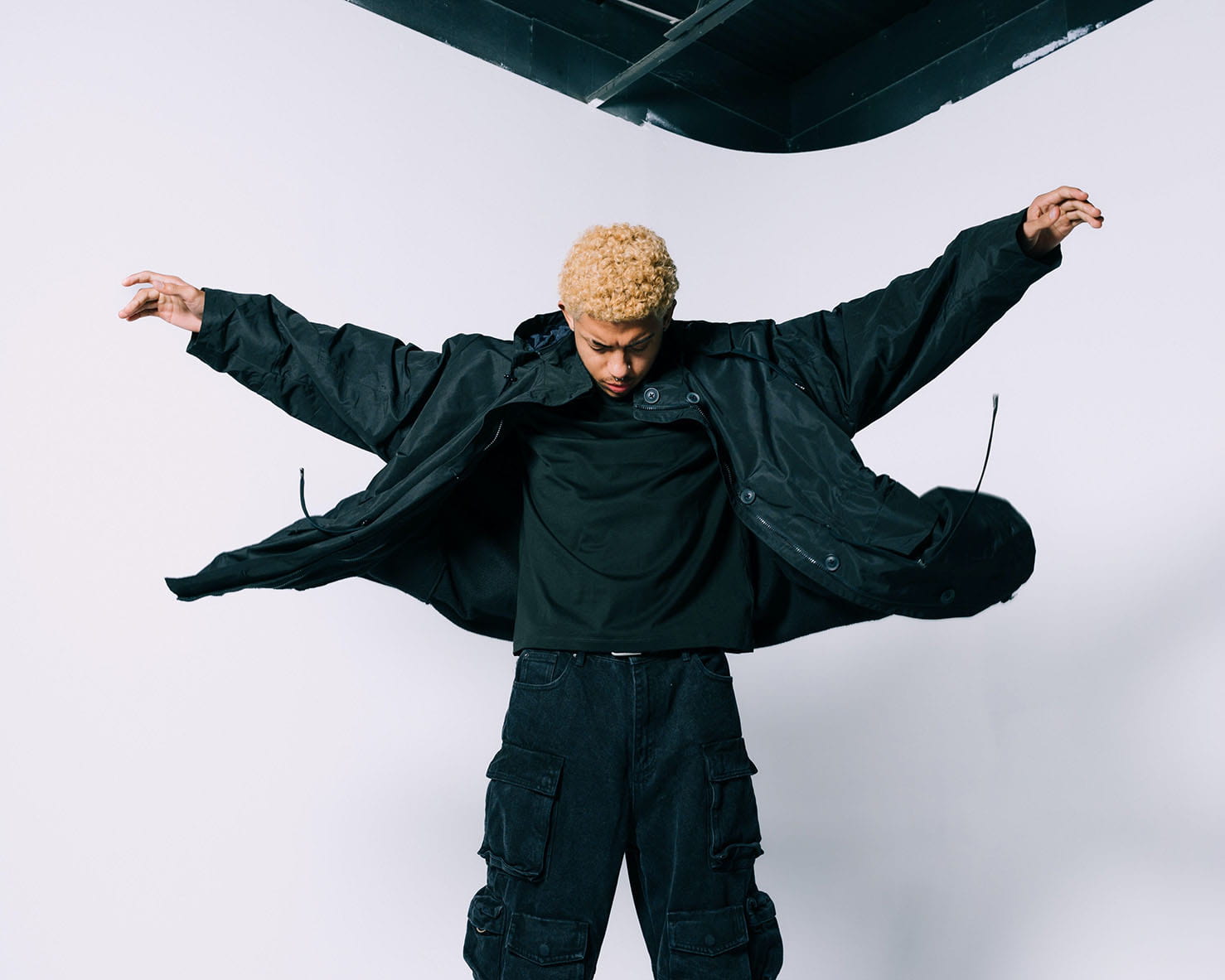The Roots, the Rise and the Transformation of Streetwear Culture
In a world where fashion serves as a canvas for personal expression, there are trends that emerge from all walks of life. These sometimes create such an impact on fashion that they transcend time and become cultural elements in their own right. Among those trends that have marked the generations, streetwear has become a ubiquitous element of today’s fashion conversation. From those early days to the meteoric rise of the phenomenon, streetwear has reshaped the fashion landscape as it was known by initiating a revolutionary movement that would fuse style, passion and authenticity.

Streetwear goes beyond simply being collections of clothes and brands. In reality, it is a pure manifestation of subcultures within a community. Born from the urban streets of New York and California, and mainly inspired by sports, music and arts, streetwear represents the marriage between one’s self-expression and its raw environment. Although media sources from around the world have distorted its true essence of this fashion trend, it has always remained crucial for designers and fashion amateurs to proclaim that street styles revolve around individuals, their stories, and the sense of community that comes with it.
What started out as a niche movement quickly grew into a worldwide known phenomenon, resonating with people from every background. Streetwear’s purest ability is to capture the spirit of passion and unicity from the individual story of each of us.
As streetwear rose from the urban regions to end up on tv and on the magazine covers, its influence even leaked into the very fabric of the mainstream culture. Streetwear challenged the old and more conventional norms of fashion as the world knew them. It suddenly all blurred the distinctions between high-end luxury and everyday wear. With its unique blend of comfort, bold statements, and versatility, this now global culture/movement has sculpted a new paradigm for what fashion can be: an extension of personality and a catalyst for cultural conversations.

The Roots in Urban Subcultures
The origins of streetwear can be traced back to the 1970s where it emerged as more than just a simple short-lived trend. This specific period was when communities were able to naturally develop a strong foundation to make streetwear evolve. It has since been fueled by the vibrant pulse of city living and unique cultural groups. This section takes you down memory lane by letting you peek at the early days of the phenomenon.
A Pivotal Period: The 1970s and 1980s
The 1970s and 1980s were more than just a mere time span; they marked a pivotal moment when the seeds of streetwear were sown. Cities thrived with creativity and self-discovery amongst this constantly changing society. A movement that would redefine fashion norms was just born during this very era, propelled by a desire for expression and driven by the passionate hunger of a new generation.
Subcultures: The Catalysts of Streetwear’s Identity
Streetwear’s DNA is infused with the essence of subcultures that thrived during this transformative period. It wasn’t just about clothing; it was about a lifestyle. Sports like skateboarding, arts like graffiti, and the pulsating beats of emerging music like hip-hop and punk all converged to create a tapestry of influence. The subcultures’ attitudes, energy, and codes were quickly assimilated by streetwear, resulting in a style that prioritizes the action of making a statement while being comfortable and functional in the meantime.
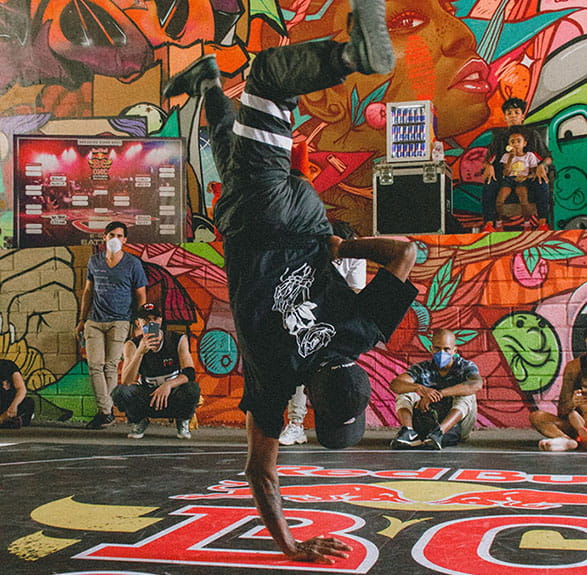
Urban Environments: The Crucible of Creativity
Streetwear’s aesthetic has been undeniably influenced by the booming and lively cities of New York, Los Angeles, and Tokyo. As this emerging movement was beginning to gain momentum, it was the streets that became the focal point. Effectively, they became the runway, and the cityscape served as a stunning backdrop.. An era-defining style was shaped by the collision of diverse cultures, races, and styles that thrived in these bustling urban centers. Graffiti-covered alleyways, skateboard ramps, and dance battles became the theaters where streetwear found its voice.

Amidst this era of transformations and cultural experimentation, streetwear came forth as an expression of authenticity and a celebration for uniqueness. A period in time that established the framework for contemporary streetwear culture, which continues to transform and adapt with the constantly evolving urban environment that first gave rise to its existence. In the following sections we will analyze the different subcultures that left their mark on streetwear and examine how their lasting influences still shape its great look.
Sports and Streetwear
The growth of the movement has been significantly shaped by the interdependent association between sports and streetwear. In this section we’ll explore the crossroads between athleticism and fashion. while highlighting how performance and aesthetics merged to create this style that resonates way beyond the playing field.

A Dynamic Connection: Sport and Early Streetwear
Urban culture and the notion of functionality form the basis for the association between sports and streetwear. To meet the challenges of their sports or activities, athletes required clothing that was not only comfortable but also durable and stylish, prompting the development of designs that balanced these elements. As a consequence, sportswear transformed from being just attire to representing an outlook centered on performance and individuality, melding flawlessly with the burgeoning culture of streetwear.
Form Meets Function: Athletes Shaping Streetwear
The pursuit of functional and practical outfits in sports fashion laid the groundwork for the eventual integration of some “never seen before” styles into the streetwear landscape. Baggy silhouettes, breathable fabrics, and ergonomic designs were embraced not only for their utility but also for their visual appeal. Unintentionally, the athletes’ need for attire that improved performance gave rise to key visual elements that would come to characterize the streetwear movement.

Brands at the Forefront: Pioneering Athletic Streetwear
During the initial rise of streetwear, major brands identified the mutually beneficial link between sports and style. Brands like Nike, Adidas, and Puma partnered with athletes as brand ambassadors, pushing high performance sports gear to the streetwear fashion area. Signature items like sneakers and tracksuits transitioned from being solely athletic essentials to becoming must-haves for city dwellers in search of a look that was both effortlessly chic and functional.
Additionally, athletes from many sports like basketball and football, have left and will continue to leave their mark on the streetwear culture. For example, The Michael Jordan’s brand collaboration with Nike to launch the Air Jordan brand, which instigated a revolutionary change in how streetwear and sportswear brands were perceived. Shaping urban culture significantly, these iconic shoes influenced not only athletes but also passionate streetwear enthusiasts. Similarly, football stars have contributed with their personalized spikes which never fails to impress the gallery. Athletes have started to emerge as fashion icons by blending performance with style. Continuously influencing the evolution of streetwear.
Musical Influences in the Evolution of Streetwear
While sports have imprinted their distinct influence on the trajectory of streetwear, music too has played a pivotal role in shaping the fashion’s aesthetic and cultural resonance.
When it comes to the culture with a big C, music has always been a game-changer, and the world of streetwear is yet another area where its influence is clearly felt. In the following section we’ll take a look at that intimate relationship between music and fashion.
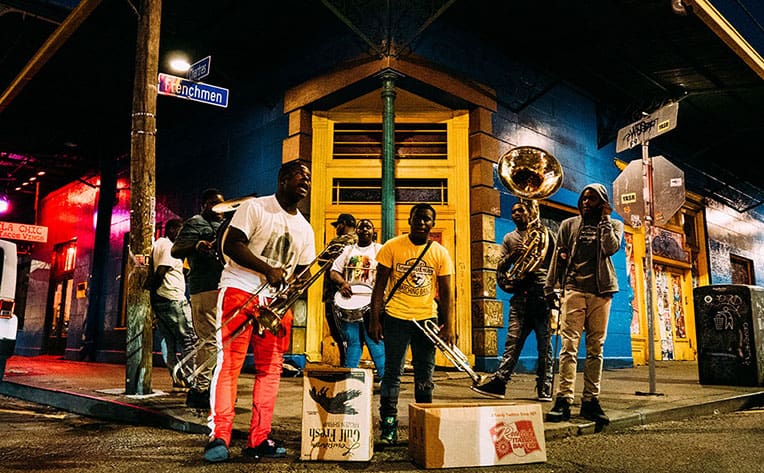
Harmonious Evolution: Music and Streetwear
The synergy between music culture and streetwear is a harmonious marriage of two artistic expressions. When hip-hop, punk, and rap made their debut, they came with a unique visual style that really highlighted rebellion, being yourself, and keeping it real. Streetwear, having a similar vibe, became the go-to for musicians to show off both their tunes and their fashion sense.
Artists as Fashion Pioneers: Catalysts of Style
Music icons did more than just rock the stage, overtime they also managed to become official trendsetters in the fashion world. Playing a big part in making streetwear a big deal. Artists like Run-D.M.C. and their signature tracksuits, oversized clothing, and bucket hats became emblematic of a cultural shift. Their style picks weren’t just about getting attention. they transformed streetwear from just clothes to a whole lifestyle that truly gets what street culture is all about.

Hip-Hop’s Footprint: Oversized, Tracksuits, and Sneakers
Especially hip-hop, it really left its mark on streetwear, bringing in those iconic elements that are still a big part of the scene today.
Oversized clothing, championed by artists seeking both comfort and an anti-establishment stance, became synonymous with the streetwear aesthetic.
Tracksuits, initially sportswear, transcended the gym and infiltrated everyday wear, becoming a symbol of rebellion against conventional fashion norms.
Sneakers, once confined to sports, found a new stage as hip-hop embraced their comfort and urban flair, solidifying their status as streetwear staples.
Aside from hip-hop, lots of other music genres have also left their mark on how streetwear has evolved over time. Of course, punk and rock are one of them. The edgy, rebellious vibe of punk and rock music has naturally spilled over into streetwear, showing up in things like band t-shirts, ripped-up jeans, and accessories loaded with studs.
The Fusion of High Fashion and Streetwear
During the 90’s, it was really at that time that things changed for streetwear. What used to be a niche style for subcultures suddenly shot up to become a big deal in the global luxurious fashion scene.
The ’90s were all about mixing things up. Streetwear’s city vibes started blending with the glitz and glam of high fashion, creating something totally fresh.
As streetwear evolved, its trajectory diverged from being merely utilitarian to embodying a unique fusion of style, self-expression, and luxury.
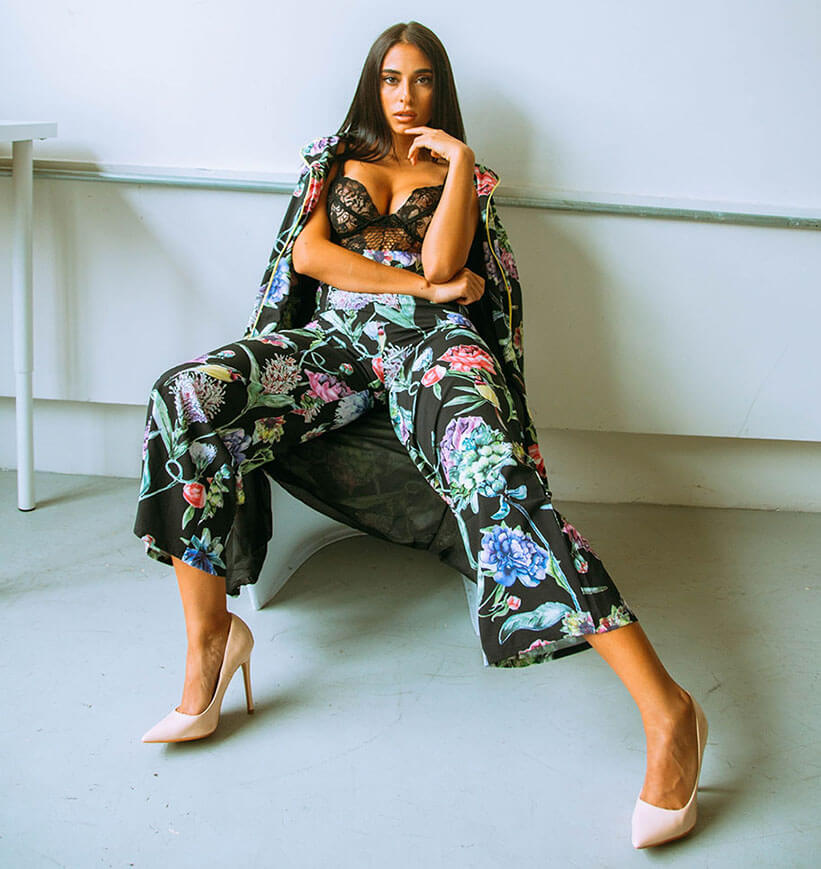
Elevating Streetwear: Collaborations and Limited Releases
Two brands, in particular, played a pivotal role in elevating streetwear to new heights: Supreme and A Bathing Ape (Bape). Thanks to these finely thought out collaborations, and thanks above all to the very limited sales, these brands have managed to blur the world of fashion and make streetwear and haute couture fashion almost indistinguishable. The feeling of rarity generated by these exclusive new releases transformed those lines of clothing into real treasures. It initiated a real fervor among amateurs all over the world. On top of that, big sneaker names like Nike and Adidas jumped on board, working with top streetwear designers like Fear of God, Off-White, and Yeezy. Their shoes weren’t just for walking anymore – they became powerful cultural symbols.
Breaking Boundaries: Streetwear and Luxury Converge
These collaborations between streetwear and haute couture fashion were much more than just business partnerships. In reality, these were statements challenging the traditions. Streetwear labels and high-end fashion houses teamed up with the intention of making high-end fashion more accessible while adding a touch of elegance to streetwear. Now, what used to be a specialized fashion subculture is popping up in swanky boutiques and even on high-end runways.
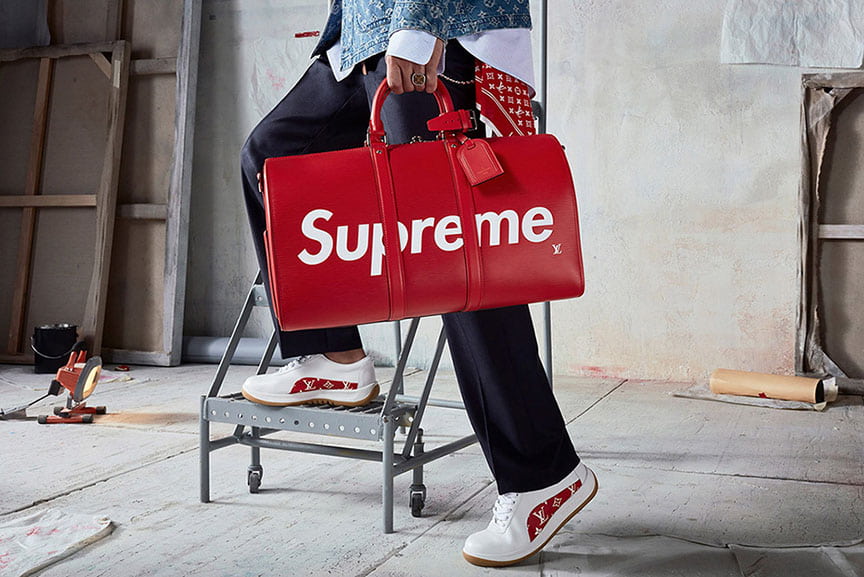
The juxtaposition of Supreme’s iconic red box logo with Louis Vuitton’s monogram or Off-White’s distinctive quotation marks on Nike sneakers signaled a departure from traditional norms. Streetwear designers, getting their spark from street vibes and unique subcultures, breathed fresh life into upscale brands. At the same time, high-end designers grabbed some of that streetwear mojo to give their lines a genuine city feel.
A Continuously Evolving Movement
As we looked at how streetwear was born and how it evolved, we found ourselves immersed in a lively setting bursting with a mix of subcultures, the buzz of city living, and the major roles of music, sports, and art. Starting out as a small trend in the ’70s and ’80s, streetwear has now exploded into a worldwide cultural sensation that goes beyond just clothes and speaks to people of all ages globally.
As we finish exploring streetwear’s roots and growth, one thing is for sure, it is much more than simply fashion. It really gets the feel of city life, the creative thoughts from different people, and the freedom to be you. From its start in small neighborhoods to being popular worldwide today, streetwear shows how we like to connect with each other and use style to share our stories. The mix of fashion, self-expression, and our surroundings stays alive as streetwear keeps changing.
Showing to the world that it’s much more than just clothing.

